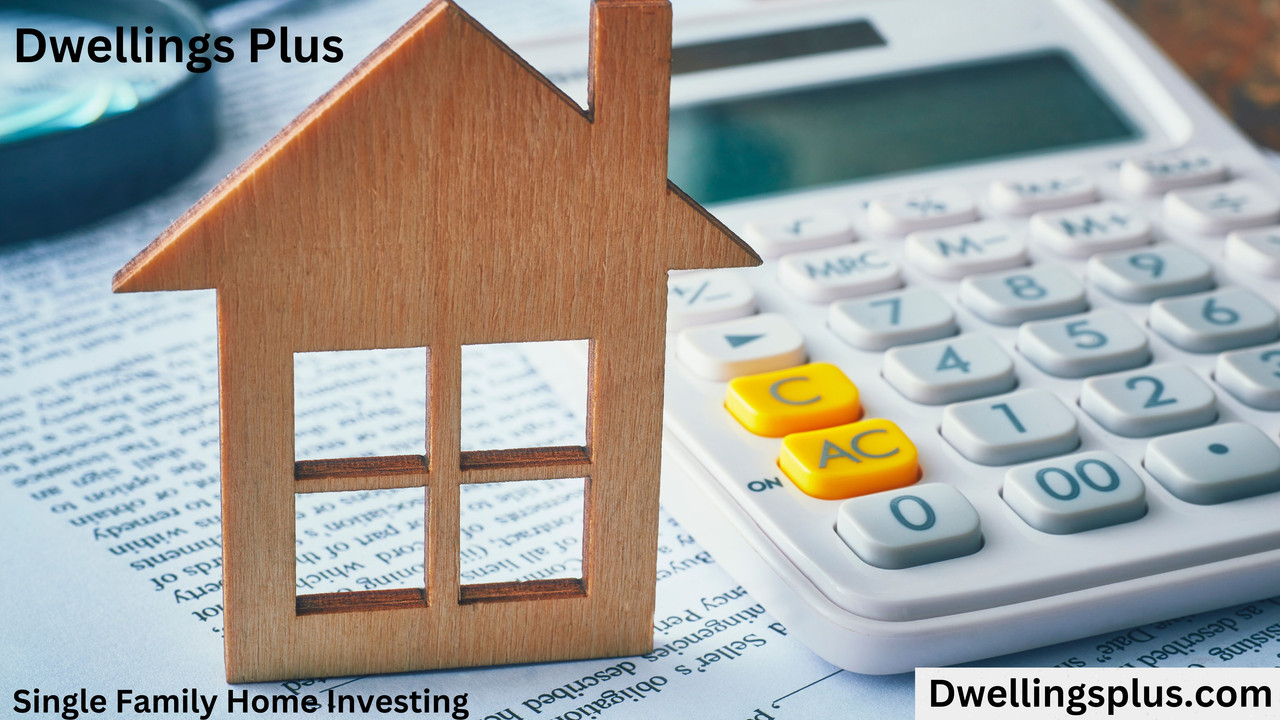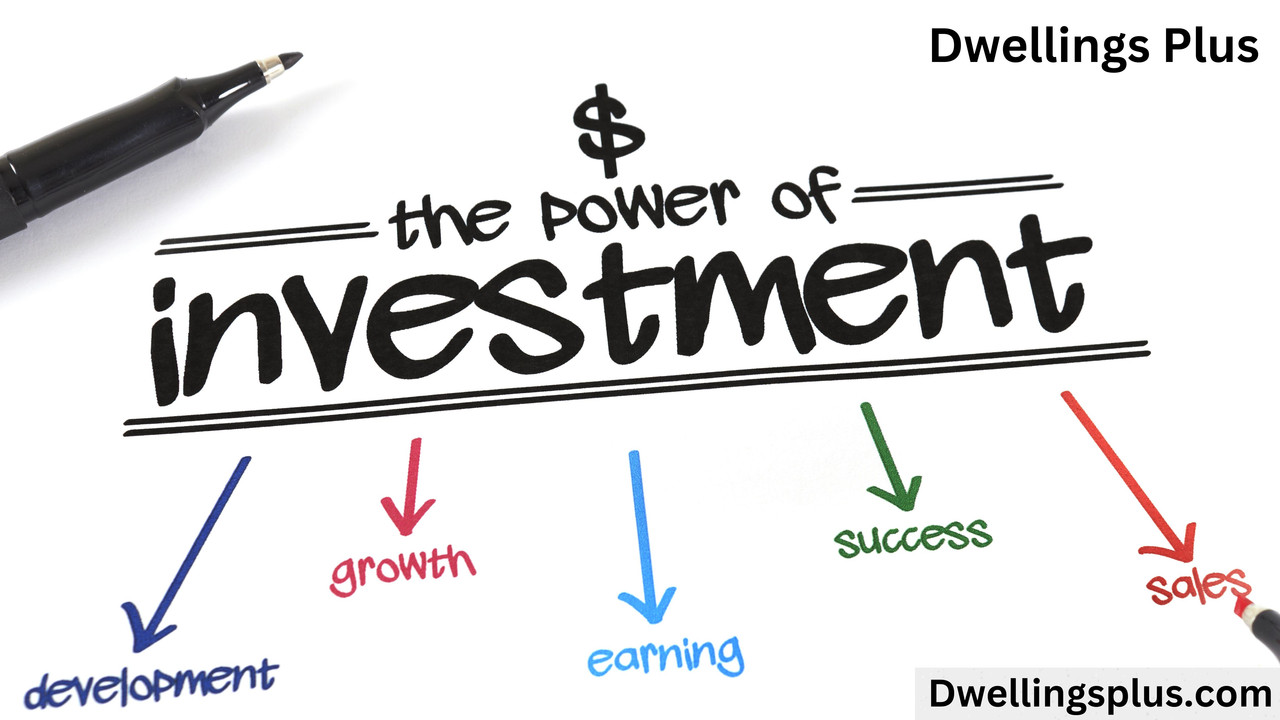Passive income can be generated by investing in real estate. However, deciding whether to invest in single-family homes or multi-family properties can take time and effort for many investors. Both options have advantages and disadvantages, and it is important to understand these factors before making a choice.
This blog post will help you make an informed decision about Single Family Home Investing or multi-family properties.
Pros of Single Family Home Investing:
• Lower Initial Investment: The initial investment required to purchase a Single Family Investment Property is generally lower than that of a multi-family property. This makes it a more accessible investment option for those with limited capital.
• Easier to Manage: Managing a single-family home is generally less complex than managing a multi-family property. There are fewer tenants to deal with, and maintenance and repair costs are generally lower.
• More Liquid: Single-family homes are generally more liquid than multi-family properties. They are easier to buy and sell, and there is a larger market of potential buyers.
• Greater Appreciation Potential: Single-family homes in desirable locations have the potential for significant appreciation over time. This can lead to substantial long-term gains.

Cons of Investing in Single-Family Homes:
• Limited Rental Income: Single-family homes typically have lower rental income potential than multi-family homes. This can limit your potential cash flow.
• Greater Vacancy Risk: With a single-family home, you depend on a single tenant to pay rent. If the tenant moves out or stops paying rent, you could be left with a vacant property and no rental income.
• Limited Tax Benefits: Tax benefits for single-family homes are limited compared to multi-family properties. The depreciation deductions may not be as generous as with multifamily properties, for example.
Pros of Investing in Multi-Family Properties:
• Higher Rental Income Potential: Multi-family properties generally have higher rental income potential than single-family homes. This can lead to greater cash flow and more rapid wealth accumulation.
• Diversification of Risk: With multiple units, you are less dependent on any one tenant to generate rental income. This diversifies your risk and provides greater stability.
• More Tax Benefits: Multi-family properties offer more tax benefits than single-family homes. For example, you can take advantage of depreciation deductions, significantly reducing your taxable income.

Cons of Investing in Multi-Family Properties:
• Higher Initial Investment: The initial investment required to purchase a multi-family property is generally higher than that of a single-family home. This can make it more difficult to access for some investors.
• More Complex Management: Managing a multi-family property is generally more complex than managing a single-family home. There are more tenants to deal with, and maintenance and repair costs are generally higher.
• Greater Competition: Multi-family properties are a popular investment option, which means there is greater competition for available properties. This can drive up prices and make finding a good investment opportunity more difficult.
In conclusion, both Single Family Investment Property and multi-family properties have advantages and disadvantages. Ultimately, deciding which to invest in will depend on your personal investment goals, financial situation, and risk tolerance. Therefore, it is important to carefully evaluate your options and seek the advice of a qualified professional before making any investment decisions.
Quick Links:
How To Finance Your Real Estate Investment In Florida: Tips And Strategies
What Are The Benefits Of Florida Investment Properties?
Why You Should Invest In Multifamily Properties?
Is Single Family Home Investing Worth Your Money?